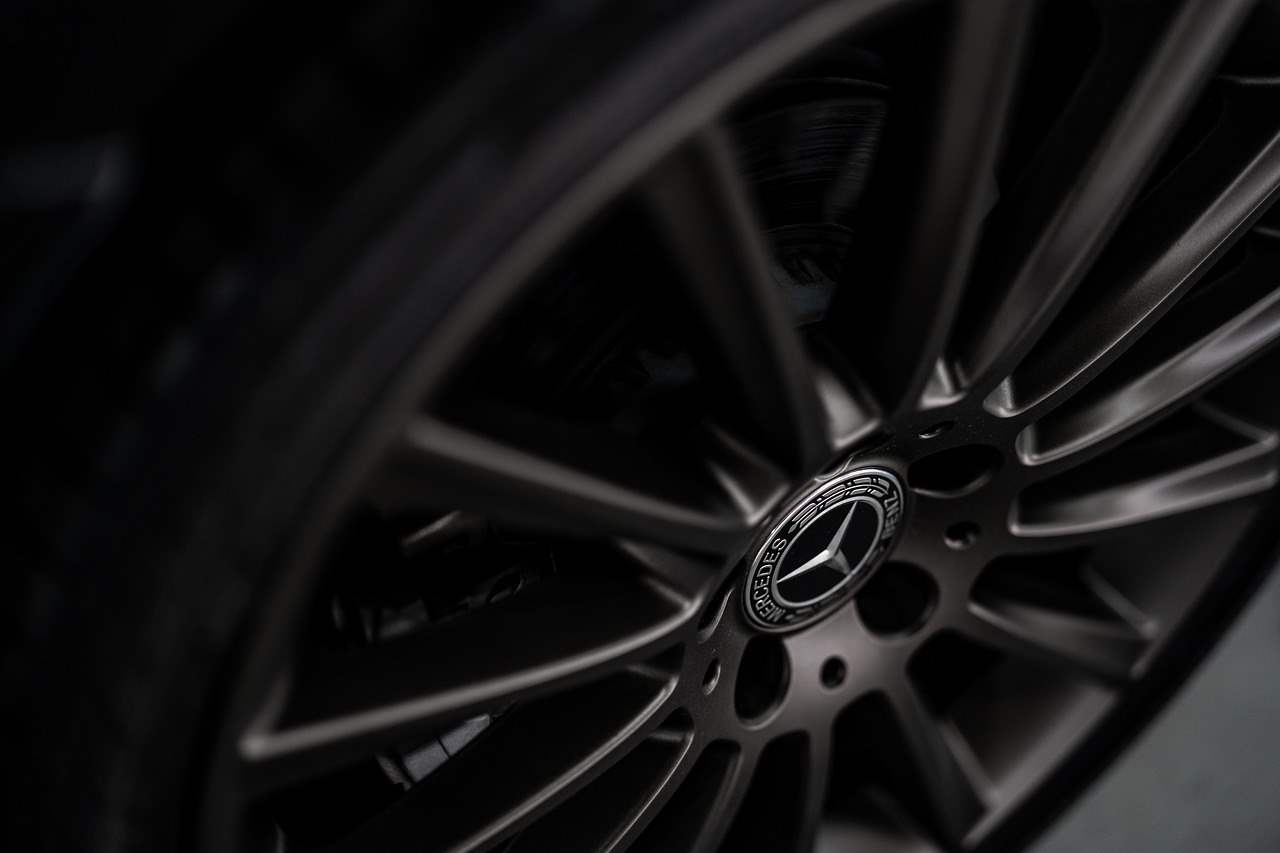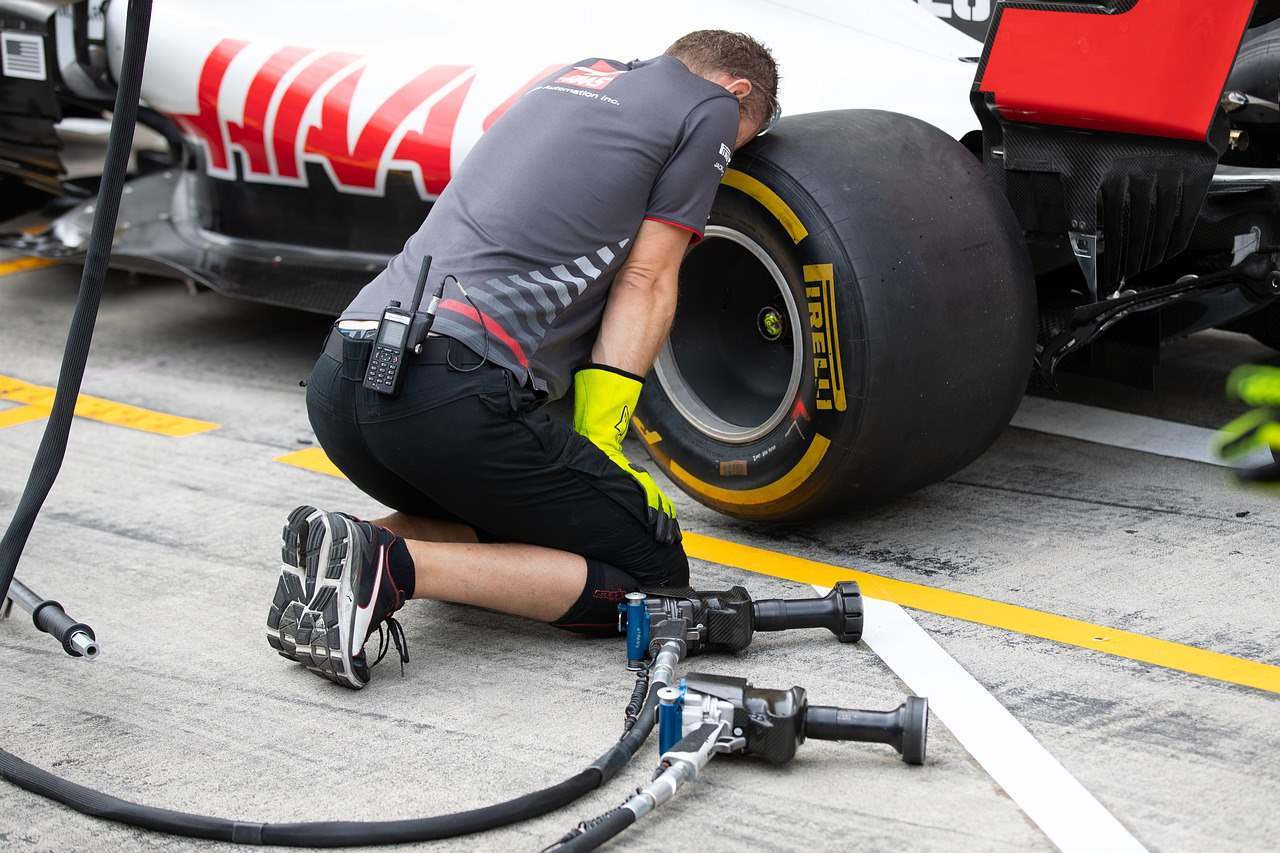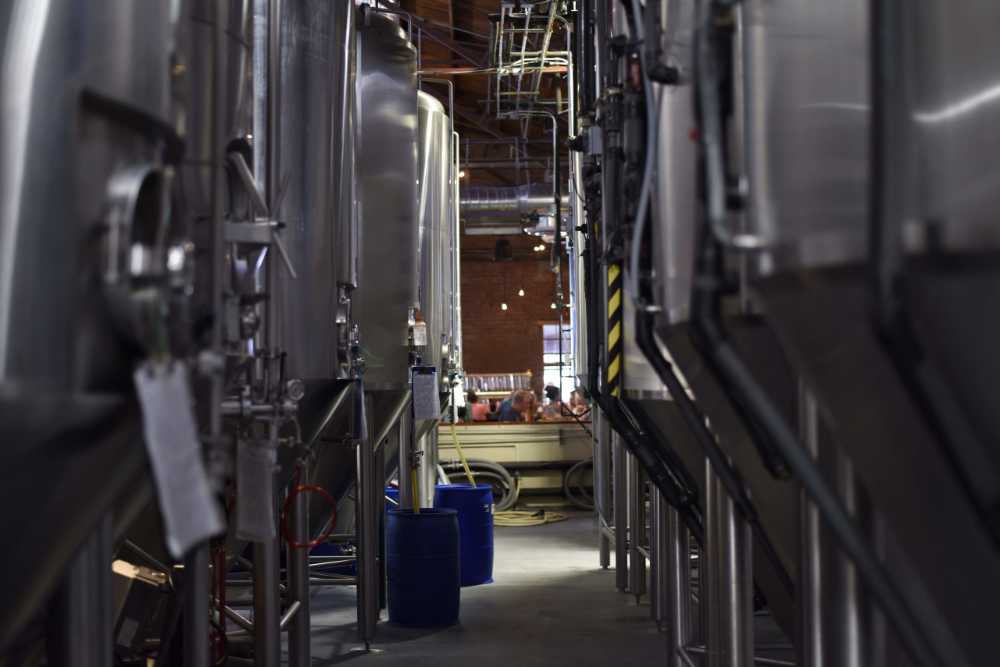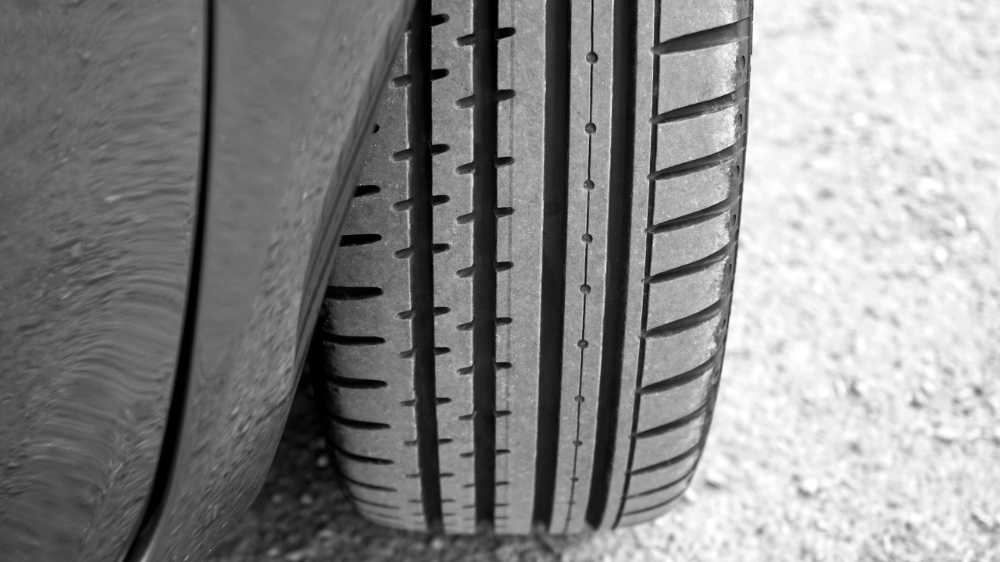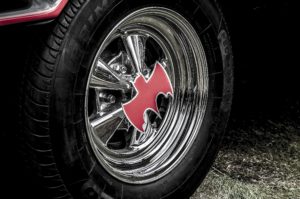
Peeled caps on radial and bias tires can cause blowouts and accidents. Often, the cause of a peeled cap is loss of adhesion of the cap from the tire casing during the retreading processes. If all of these terms sound a bit foreign to you, read on for an explanation of what a peeled cap is, why it’s dangerous, and how to look for it.
How Tires Are Made
The first step to understanding peeled caps, retreading, and casing is understanding how tires are made. The body of a tire is made up of several different materials, referred to as piles. A cap pile is a layer of piles installed between the sidewall and tire tread, but not all tires have cap piles.
The sidewall is the part of the tire that helps prevent air release and is found under the tire tread. The tread is one of the most important parts of the tire and is the outermost layer of the tire. The tread helps with traction and control. Tread is connected to the body of the tire, known as the casing, with adhesives.
Over time, tires experience a lot of normal wear and tear. When a tire’s tread wears down, tires are often retreaded. This process can also be called recapping or remolding. Retreading is often seen as the most environmentally friendly and cost-effective way to replace old tires, as retreading conserves up to 90 percent of the original materials.
Radial Versus Bias Tires
The tires you choose make a big difference in your vehicle’s functionality. Your vehicle will benefit from having the right size tires that are in good working order.
Similarly, other vehicle owners who properly select and maintain their tires add to your safety on shared roads. Radial tires have treads that let the sides of your tires and the surface that meets the road function independently. These tires typically grip the road better.
Bias tires have treads constructed of multiple and overlapping layers of rubber that overlap. These tires are less susceptible to punctures. The type, size, and function of your vehicle help determine the best tire for you.
Find a Personal Injury Lawyer, Near Me
(855) 529-0269Mistakes During the Retreading Process
While retreading tires is a great way to replace old tread, when done incorrectly, retreading errors can lead to devastating results. There are four common types of retreading.
- Full treading, which is the replacement of the total tread.
- Top treading, which is the replacement of the worn areas of the tread alone.
- Bead-to-bead retreading, which is the replacement of both the worn tread and the sidewall rubber.
- Pre-cured tread retreading, which is the replacement of worn tread with tread that’s been pre-hardened with the tread design.
During a retreading process, new tread (and cap) is attached to old tread (and cap) through the use of adhesives.
The adhesives may not work as intended if any of the following happens during the retreading process.
- Old adhesives are used.
- They aren’t applied correctly.
- They are cured using improper cooking temperatures.
- Or are contaminated by materials such as sawdust or grease.
When adhesives fail, it can lead to a peeled cap. A peeled cap can lead to dangerous accidents that pose a risk to the health and safety of every driver on the road.
The Importance of Solid Tire Tread
Good tires with solid tread are an important part of the function and safety of your vehicle. It also saves on gas and vehicle maintenance costs. Tires with faulty tread or that are improperly balanced can cause a multitude of issues. When tire tread is damaged or defective in any way, it can lead to dangerous driving conditions on the best of roads.
The Dangers of Peeled Cap
Peeled cap refers to the tread of the tire separating from itself or peeling away from the tire’s casing. When any part of a tire peels away from another part, the driver of the car with the defective tire is at risk of an accident. A peeled cap can lead to a blowout, which, in turn, can lead to dangerous and deadly accidents. The National Highway Traffic Safety Administration (NHTSA) estimates that tire failure causes 11,000 accidents per year.
It is important to routinely inspect your tires. If you notice anything out of the ordinary –such as uneven tread wear, bulges or cracks, or tread peeling – you should stop driving immediately and seek the services of a tire care professional or auto mechanic.
You Could Be Entitled to Compensation if a Peeled Tire Caused an Accident
In most cases, after a car accident, you look for compensation from the at-fault driver. If you were involved in an accident that a peeled cap on radial or bias tires caused, you could seek compensation from the tire’s manufacturer.
A personal injury lawyer in your area can help you pursue the manufacturer if:
- Your car struck another vehicle because your tires had peeled caps
- You were struck by another driver whose car tires had peeled caps
If you were injured because of a faulty tire, an attorney will help you build a strong case for financial recovery. If a lawyer represents you, they can help you collect documentation and consult with tire experts who can prove the tires’ condition caused the accident.
An Injury Lawyer Can Help You Prove a Peeled Tire Cap Caused Your Accident
After a car accident, the negligent party is held accountable for the resulting damage. In most car accident cases, one driver is the at-fault party responsible for compensating the other driver.
If a peeled or otherwise faulty tire was responsible for the accident, the tire’s manufacturer could be the negligent party. However, pursuing compensation from the company or its insurance company can be challenging.
An injury lawyer can:
- Obtain tire and tread samples
- Consult auto and tire experts
- Examine the tire’s history
- Review the tire’s performance record
You do not have to take on a huge tire manufacturer on your own. The lawyer who represents you can ensure you seek compensation from the appropriate party and file your potential lawsuit on time.
Click to contact Chalik & Chalik's personal injury lawyers today
Call Chalik & Chalik Injury Lawyers if a Tire Is to Blame for Your Accident
If you’ve been involved in an accident that you suspect was related to cap peeling, and if you think that cap peeling was a result of the tire retreading process, seek help from an attorney. If your accident was the result of someone else’s mistake, that party may be liable for damages. To speak with an attorney today, call the case review team at Chalik & Chalik Injury Lawyers today.
Call or text Chalik & Chalik
(855) 529-0269



